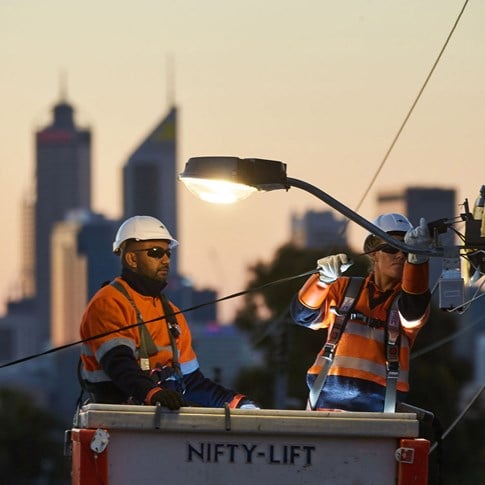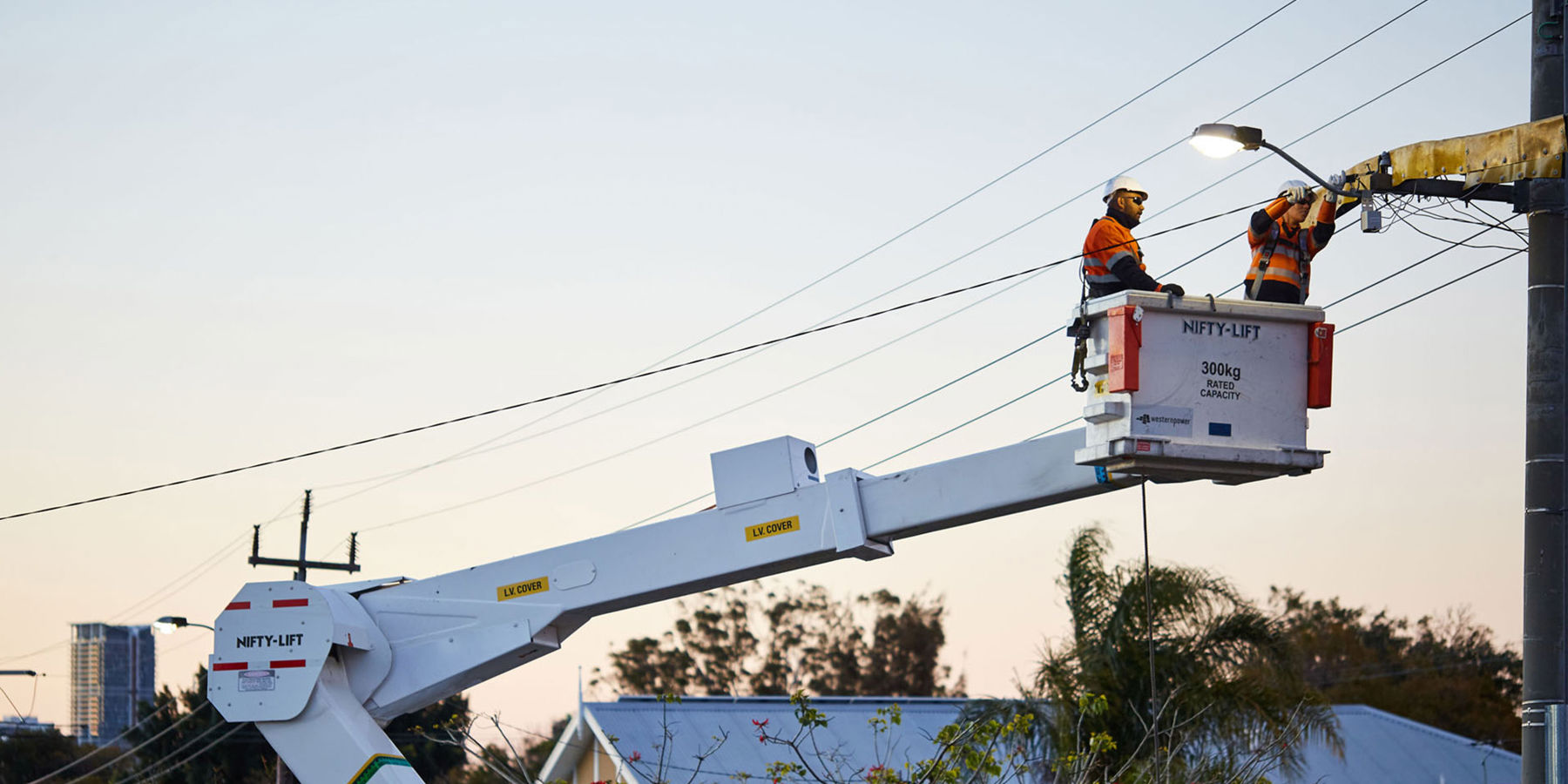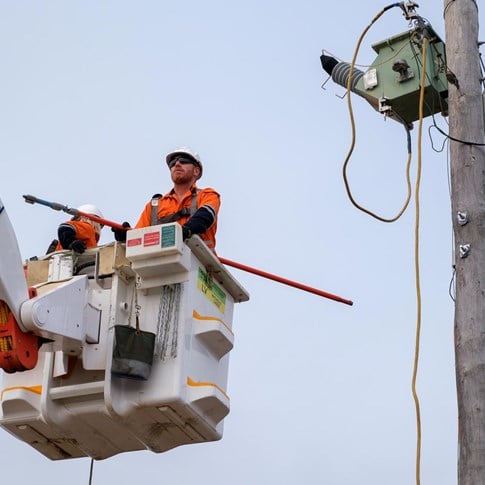Although we do everything we can to avoid them, power outages happen. When an outage occurs, this is our process for communicating with you, and how we calculate that estimated time of restoration (ETR).
When the power goes outFrom a fallen power line to storm damage, when a fault is reported on our network that is causing an outage our teams jump into action. They investigate where the fault is, and what has caused it, and how to get the power back on as quickly as possible, while maintaining the safety of our crews and the community. We also let our customers know. From summer 2022, we will automatically be sending SMS to all electricity account holders impacted by an outage. SMS communications allows us to get information quickly and directly through to you about the outage, and the estimated time of restoration. |
 |

